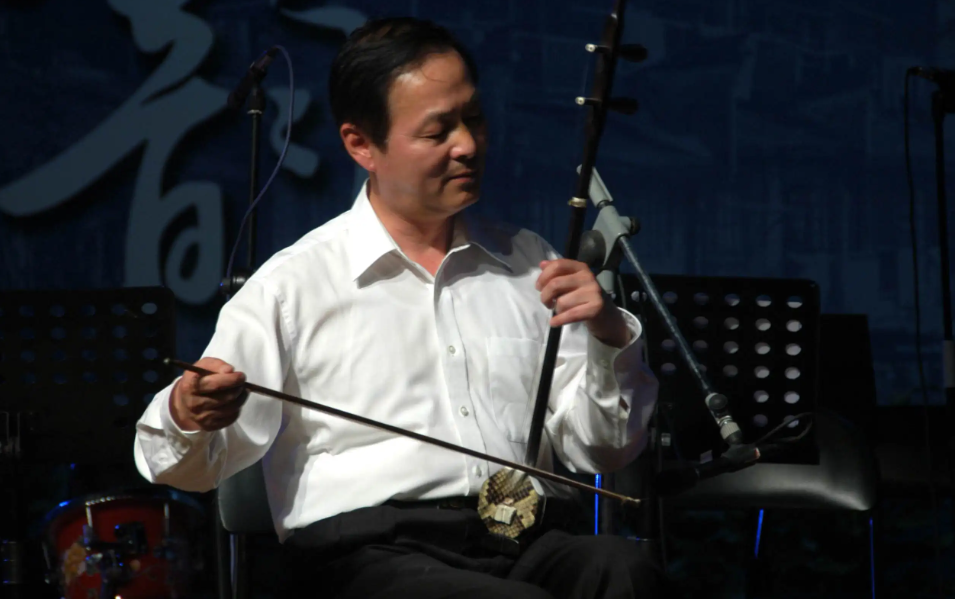Erhu's Jump Bow and Dun Bow
In musical works, the pauses are required to be short, light, and sonorous. If it is the erhu to play the pause, it is necessary to use the "jumping bow" technique.
What is a jump bow? When we use the bow to push and pull quickly on the qin barrel, the bow rod is quickly pulled by the movement of the bow, producing an inertia of forward impulse, but the bow hair has a certain frictional force in the process of wiping the string. The uncoordinated movement of the bow causes the whole bow to sway from side to side. At the moment when we are about to turn the bow, on the one hand, we rely on the forearm to guide the wrist and properly control the bow; In this way, a short and light pause effect is obtained according to people's will.

Whether the elasticity of the jump bow can be fully exerted has a certain relationship with the selection of the bow segment. As we all know, the left half of the bow is generally easier to play with the ordinary fast bow, but the left half of the bow cannot give full play to the advantage of the jumping bow, and moving to the right half of the bow is even more inconvenient. It is more convenient to play the jump bow only on the middle bow section. What's the point of this? It turns out that the elasticity of the bow is dominated by the speed of the bow. The faster the bow runs, the more prominent its inertia and elasticity will be. Its bounce point is again governed by the bow's center of gravity. The center of gravity of the bow makes it roughly balanced in the middle of the barrel, so the elasticity is fully exerted near the middle bow.
Of course, the use of the bow's bouncing point to play the pause is only a basic condition, and the more important thing is to rely on the flexibility of our wrist training, control and use. The elasticity of the bow. If the music is not so fast according to the emotional needs, but the pause is to be played, then the bow will not have the opportunity to run quickly, the elasticity will not be produced, and the bow jump will not occur. How to do it? We can use the "internal strength" of the forearm to control the bow hairs to brush the strings intermittently between the middle-speed push and pull, so that each sound has an equal chance of leaving the string. Such a pause effect is also distinct, and appears stable and internal.
In the initial practice of jumping bow, the natural elasticity of the bow may not be well controlled by the wrist strength, and the phenomenon of bow hair hitting the strings or a relatively stiff "saw" sound may occur. As long as the bow doesn't swing up and down erratically or make too many noises, and with increased wrist control training, these problems will gradually be overcome.
Although the jumping bow and the dungeon bow belong to the same type of bowing technique, if you distinguish them carefully, there are still differences in their expressive power. The jump bow is better than the short pauses that express cheerful jumps, and is most suitable for expressing the rhythm pattern of "X xX"; the bow is subtle and stable, suitable for expressing the short pauses with distinct pauses, unlike the jump bow, which is influenced by the bow and rhythm Restrictive, but not as flexible as the jump bow, nor durable.
In addition to the jumping bow and the lingering bow introduced above, there is also a bowing technique called "Lian Dun bow". Lianton bow, that is to play several pauses within the slurred bow, each pause has an equal process of stroking and de-stringing. To practice lianton bow, you must first be familiar with jumping bow and lingering bow. It is necessary to emphasize the inner strength of the forearm and the outer strength of the forearm, but also rely on the forearm to have a stable support force.
 渝公网安备 50010702504639号
渝公网安备 50010702504639号